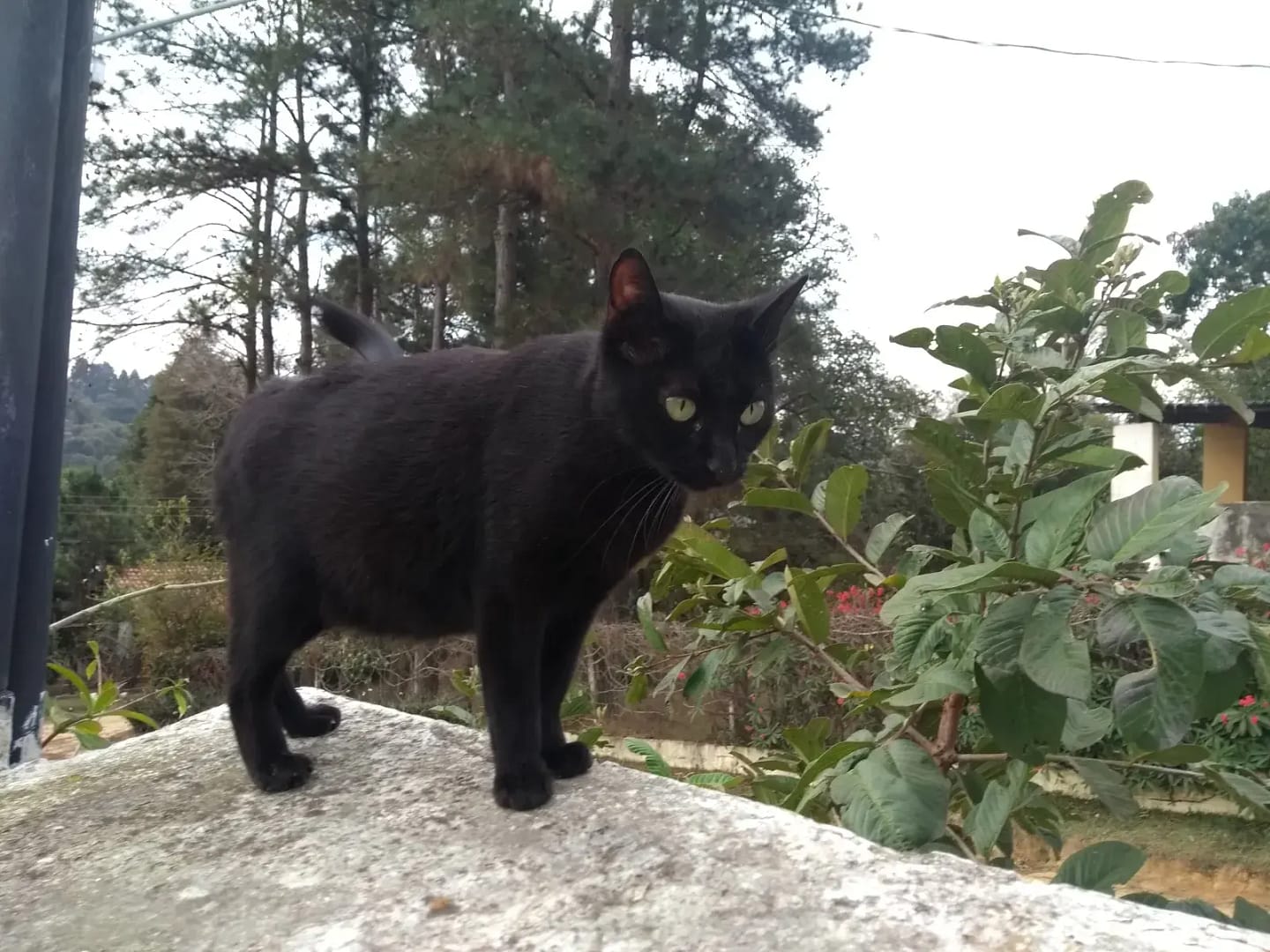As pet parents, we know moving can turn our homes upside down—and our furry friends feel it too. But what if your dog is bouncing off the walls with joy while your cat hunkers down in a carrier?
That’s exactly what happened to Abi (@abi.and.their.thoughts) during a recent apartment move, and the contrast has TikTok users cracking up.
This heartwarming (and relatable) video reminds us that every pet adjusts differently, and with a little patience, they’ll all find their way in the new space.
A Tale of Two Personalities in an Empty Apartment
Abi’s August 30 TikTok video captures the chaos of unpacking in a bare apartment surrounded by boxes. First up: the Jack Russell Chihuahua mix, who’s zooming around like it’s the best day ever.
With a massive grin and tail wagging furiously, she explores every corner, leaving Abi breathless and pleading, “Please stop for a moment!” It’s pure extroverted energy—until the excitement leads to a little mishap in the only carpeted room.
Then, the camera shifts to Charlotte, the cat, who’s the total opposite. She’s glued to the back of her carrier, wide-eyed and refusing to budge. Abi shared in the comments that Charlotte usually handles moves like a champ, but this time?
She spent the whole day hiding, only peeking out at night before retreating to the closet with her feline sibling—who, surprisingly, she now tolerates despite their pre-move rivalry. As cat parents, we’ve all seen that “nope, not today” look, and it tugs at the heartstrings while making us chuckle.
Why Pets React So Differently to Moves—and How to Help Them Adjust
Moving disrupts routines, scents, and territories that our pets rely on for security. Dogs like Abi’s pup might thrive on the novelty, seeing it as a big adventure, while cats like Charlotte often retreat to process the change. The American Society for the Prevention of Cruelty to Animals (ASPCA) notes that unfamiliar spaces can overwhelm pets, leading to stress behaviors like hiding, vomiting, or clinginess.
To ease the transition in your own home, here’s some practical advice from the ASPCA to keep things calm and comforting:
- Start Small: Confine your pet to one “home base” room first, stocked with their favorite toys, bed, food, and water bowls. This creates a safe haven amid the boxes.
- Gradual Exploration: Once they’re settled, open doors one by one. For dogs, supervised leashed walks around the new space can build confidence without overwhelm.
- Litter Box Logistics for Cats: Move the litter box slowly—about a foot per day—to its permanent spot. Keep it clean and in a quiet area to encourage use.
- Comfort Items Are Key: Bring familiar blankets or pheromone diffusers (like Feliway for cats) to mask new smells. Treats and playtime help rebuild positive associations.
- Watch for Stress Signs: Vomiting (like the dog’s excitement overload) or excessive hiding could signal anxiety. If it persists, chat with your vet about calming aids.
These steps not only reduce stress but also help prevent mishaps, making the move smoother for everyone. For more on pet relocation tips, check our guide to moving with cats and dogs.
TikTok’s Laughter and Relatability
The video has racked up over 1.6 million views, with viewers dubbing it the ultimate “extroverts vs. introverts” pet edition. “The dog is like, ‘There’s so much more room for activities!
You should’ve got rid of everything sooner!’” one joked. Another quipped, “The dog was like on a loop,” while a cat lover nailed it: “Kitty needs 5-10 business days.”
It’s these shared moments that make us feel less alone in the pet-parenting journey—because who hasn’t chased a hyper pup or coaxed a sulky cat from hiding?
Abi’s story shows that while moves can flip our pets’ worlds, their unique personalities shine through, turning stress into something we can laugh about later.
Takeaway for Pet Parents
Every pet handles change at their own pace, so lean into their quirks with patience and a secure setup. Whether your dog’s celebrating or your cat’s plotting a closet takeover, these tips will help them settle—and maybe even strengthen your bond. If you’re planning a move, start prepping early to keep tails wagging and whiskers relaxed.
FAQ
Q: Why do dogs get excited during moves while cats hide?
Dogs often see new spaces as playgrounds, fueling their curiosity, while cats prefer familiarity and may retreat to feel secure. Both reactions are normal, but monitor for prolonged stress.
Q: How can I help my cat adjust to a new apartment?
Set up a safe room with their litter box, food, and toys first. Move the litter box gradually (one foot a day) and use pheromone diffusers to mimic home scents, per ASPCA guidelines.
Q: What if my dog vomits from excitement during a move?
Keep them in a confined area to limit exploration, offer small meals, and consult a vet if it persists. Hydration and calm play can prevent tummy troubles in energetic pups.
Do you have funny and adorable videos or pictures of your pet you want to share? Send them to lifo@snugglesouls.com with some details about your best friend, and they could appear in our Pet of the Week lineup.
















